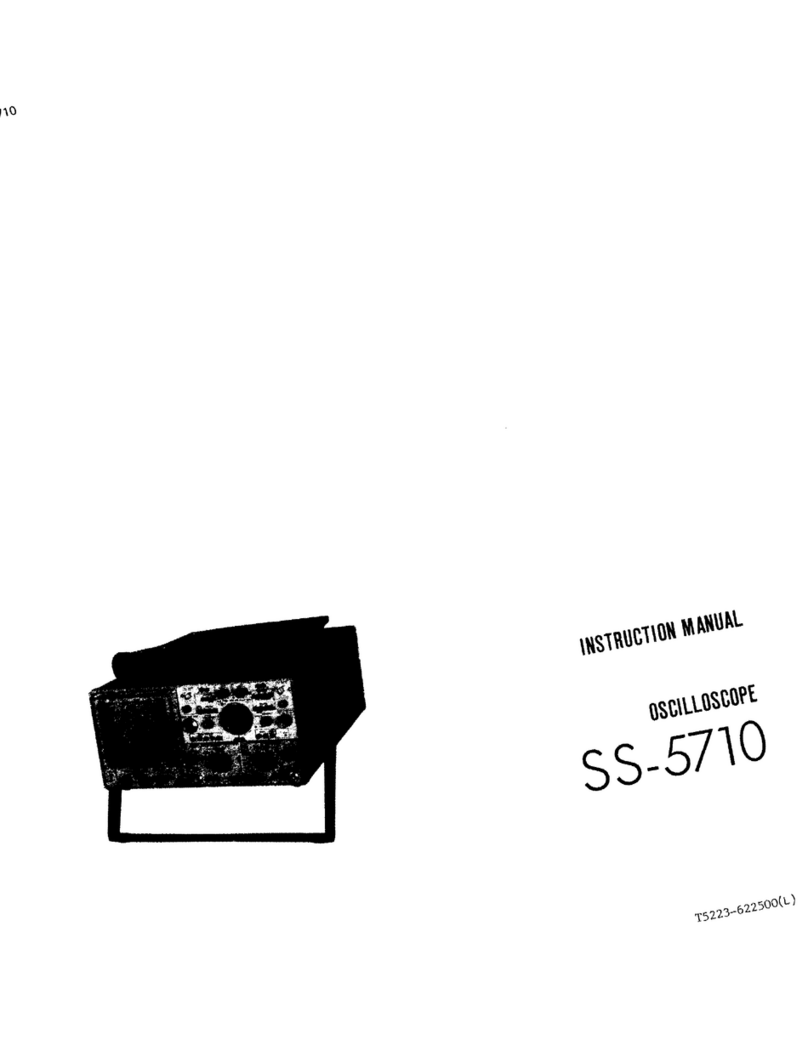
5
Read this page to ensure proper safety. (to be continued)
WARNING
•Do not use this instrument in a highly humid environment
where condensation may occur.
If using, an electric shock, fire, or failure may occur.
•When thunder begins, pull out the power plug of a device or
the AC adaptor to which this instrument is connected from
the outlet. Then, detach this instrument from the target to
be measured, and do not use it.
Lightning may be a cause of an electric shock, fire, or failure.
•Do not put on this instrument a container that water,
medicine, etc. has entered or a small metallic object.
If not, an electric shock or fire may occur. If this instrument is wet with
water, or metal and other objects enter the instrument, immediately
turn off the power supply of all equipment with which this instrument
is connected, and then detach this instrument from the insulated
target conductor to be measured. After that, contact IWATSU or our
sales distributors for repair.
•Do not put any metallic or flammable foreign object through
the ventilation port.
If any metallic or flammable foreign object is put through the
ventilation port, this may cause a fire, an electric shock, or a
malfunction.
•Do not use this instrument when it has failed.
Using a failed main unit or, cable or AC adaptor may be a cause of
an electric shock or fire. In the event of a failure, contact Iwatsu
office or our sales distributors for repair.
• Do not attempt to modify or disassemble the unit.
This may result in electric shock, fire or equipment damage.
Requests to repair the unit may be refused if unauthorized
modifications have been made.
•Do not use this instrument when the case of it has been
damaged.
This may result in electric shock. When the case is damaged,
contact IWATSU or our sales distributors for repair.


































